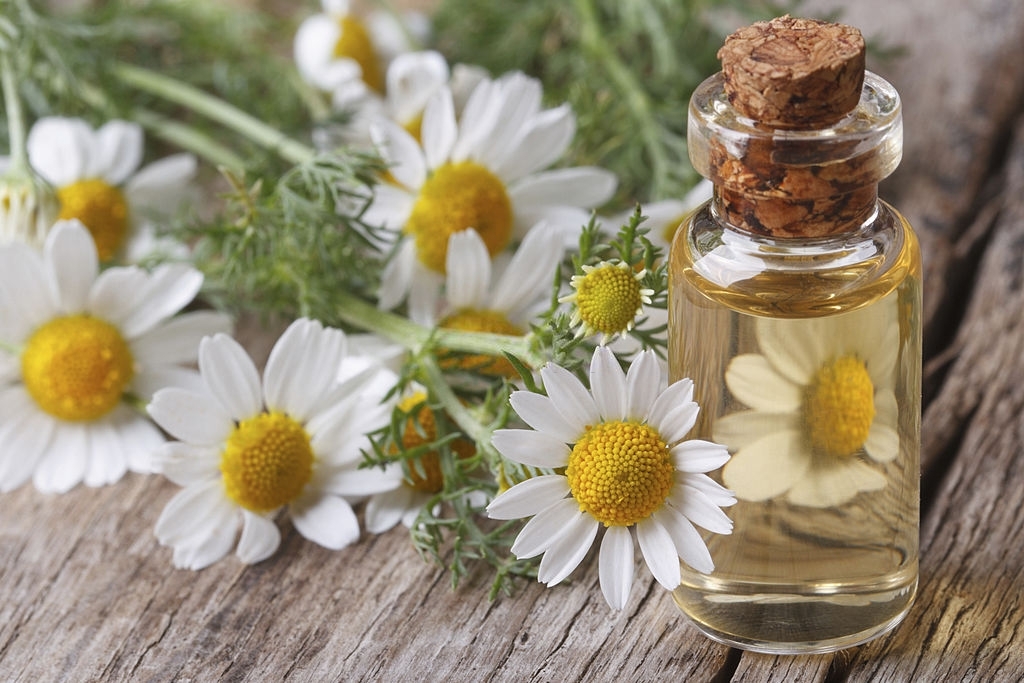Common Juniper essential oil, a prehistoric panacea
Juniper, whose botanical name is Juniperus communis L., belongs to the Cupressaceae family. The essential oil comes from the fruiting cones or “Juniper berries”. Juniper essential oil, from a tree with a rich history, has been considered a panacea for centuries. Its origins date back to prehistoric times, when its properties were already recognised and … Read more




















